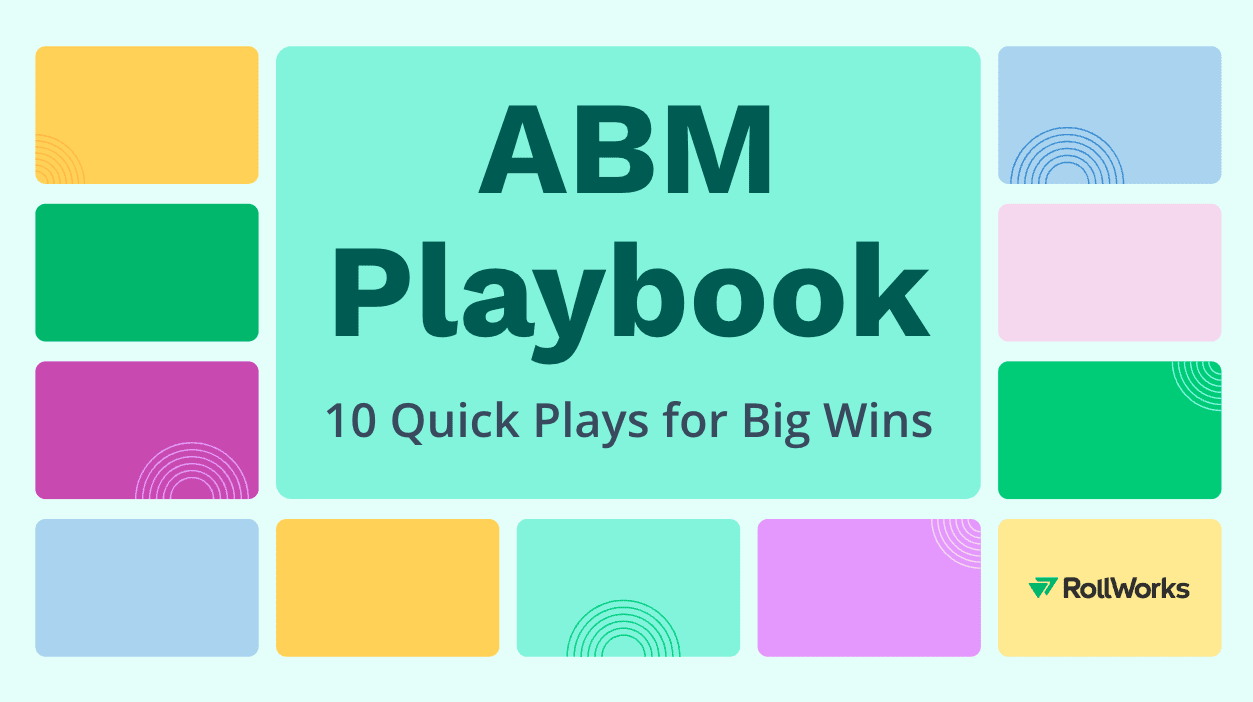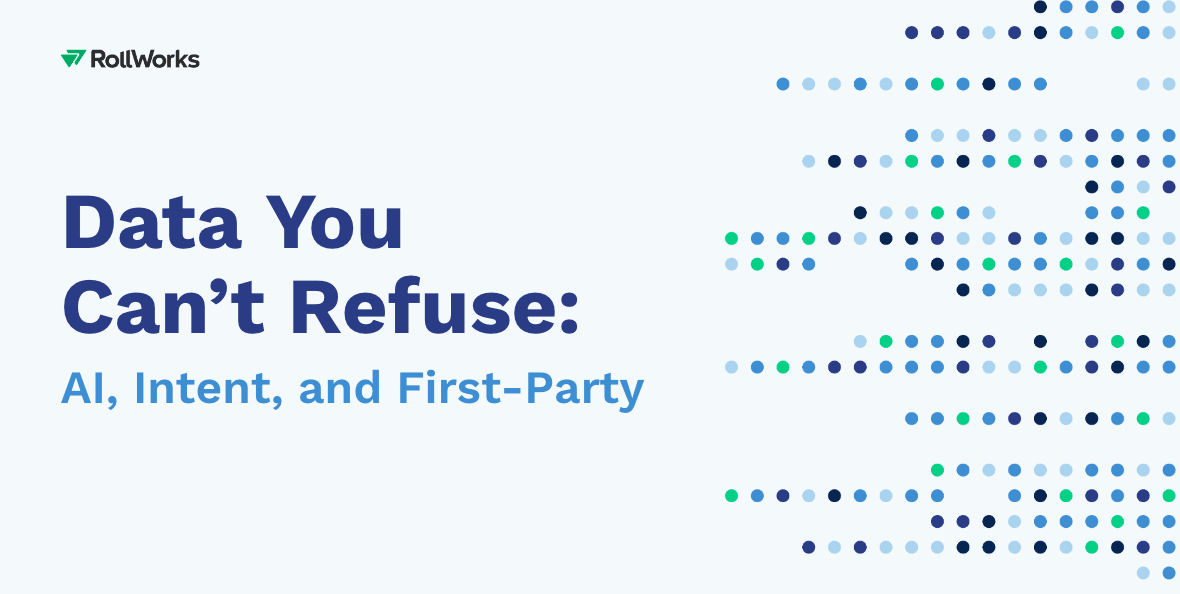We're at a really exciting turning point in B2B marketing. We're all stepping into a world where understanding our customers, respecting their privacy, and getting the details right is no longer optional. This isn't just about swapping out old tactics for new ones. It's about completely rethinking how we connect with our audience and drive business.
Y'all know what I’m talking about…Those privacy changes we've been sweating about? They're actually our springboard for getting creative. And that millennial mindset? It's not just a trend to follow; it's our roadmap to what buyers really want. Plus, we're now looking at the entire business - it's not just about getting customers, but getting the right customers and keeping them happy for the long haul. This means we're going from a one-size-fits-all approach to a more tailored way of engaging with every unique audience segment. In this blog, I’ll be sharing four key trends that I believe will shape B2B marketing in 2024.
1. Getting Personal in the Wake of Privacy Changes
The world of digital marketing is changing, and fast. With tougher rules around email spam and 3rd party cookies crumbling away, it might seem like our toolbox is getting smaller. But here’s the twist: it's actually an open invitation to get closer to our audience via strategies that respect privacy while still delivering the value our customers crave.
For example, digital ads delivered via targeting using cookieless identifiers are non-intrusive but can increase brand awareness by 80%. What’s more, consumers are 155% more likely to search for brand-specific terms after being exposed to display ads. So buyers may be less responsive to being interrupted via traditional methods (like cold outbound emails and calling) but there are still effective (and scalable) methods that can build awareness and interest. Perhaps because of this shift in buyer preferences, the predictions around ad spend is predicted to increase considerably in the next few years, up to just under $400B in the US by the end of 2027.
2. Meeting Millennials Where They Are
Millennials, they're not just our future; they're our current buyer (or at least our champion/ influencer). And guess what? They're all about transparency, ease, and doing things their own way. In fact, 40% of millennials check online reviews before making a purchase, and they are 247% more likely to be influenced by blogs than company experts.
So, what does this mean for B2B marketers? It's simple: we need to be clear, straightforward, and give them the reins in their buying process. This shift isn't just about staying trendy; it's about showing we understand and respect our evolving decision-maker.
Still gating content? Maybe think about raising the bar on what you require a form fill for. No free trial or video demo? The millennial will most likely go elsewhere. Hidden pricing? C’mon now…
3. Beyond the Initial Sale: Valuing Long-Term Relationships
2024’s push for efficient revenue growth is shining a spotlight on something big: it’s not just about getting new customers (aka new business sales); it's about fostering customer relationships that last. This means looking beyond the first sale and considering how we can make our customers' entire journey with us valuable so they stay and expand their contracts. In this landscape, keeping a customer is just as, if not more, important than landing one.
As B2B marketers, we need to go back to basics when it comes to the math behind revenue growth; new business sales only make a difference if you’re not losing more than you’re gaining. We also have to keep in mind that focusing solely on acquiring new customers could cost up to 25 times more in budget than nurturing existing ones. Granted, as a long-term demand gen practitioner myself I understand the hesitancy behind expanding marketing’s scope of responsibility to include retention and expansion. The attribution and ROI evaluation is messy, not to mention there is less cause-and-immediate-effect with customer marketing. But we’re entering an era where board and investor expectations for efficiency AND total revenue growth make customer outcomes accountability not likely an option–so embrace the newness and vagueness (ideally proactively).
4. The Dawn of Micro Audience Segmentation
Say goodbye to casting wide nets and hello to the era of micro-segmentation. This is where we get really specific about who we're talking to and what they're interested in. By combining fit with buying signals to understand our customers' preferences, we can craft marketing campaigns that hit the mark every time. Couple rich and accurate buyer data with an explosion in AI, machine learning, and automation capabilities, and suddenly hyper-relevance at scale is truly possible in every channel, for every prospect or customer.
As we continue to ride the wave of changes in B2B marketing, it boils down to one thing: understanding and respecting our audience. By focusing on privacy, aligning with buyer preferences, prioritizing long-term value, and diving into micro-segmentation, we're not just meeting expectations; we're setting new standards in creating meaningful, impactful marketing strategies.
About the Author
More Content by Jodi Cerretani, VP of Marketing































